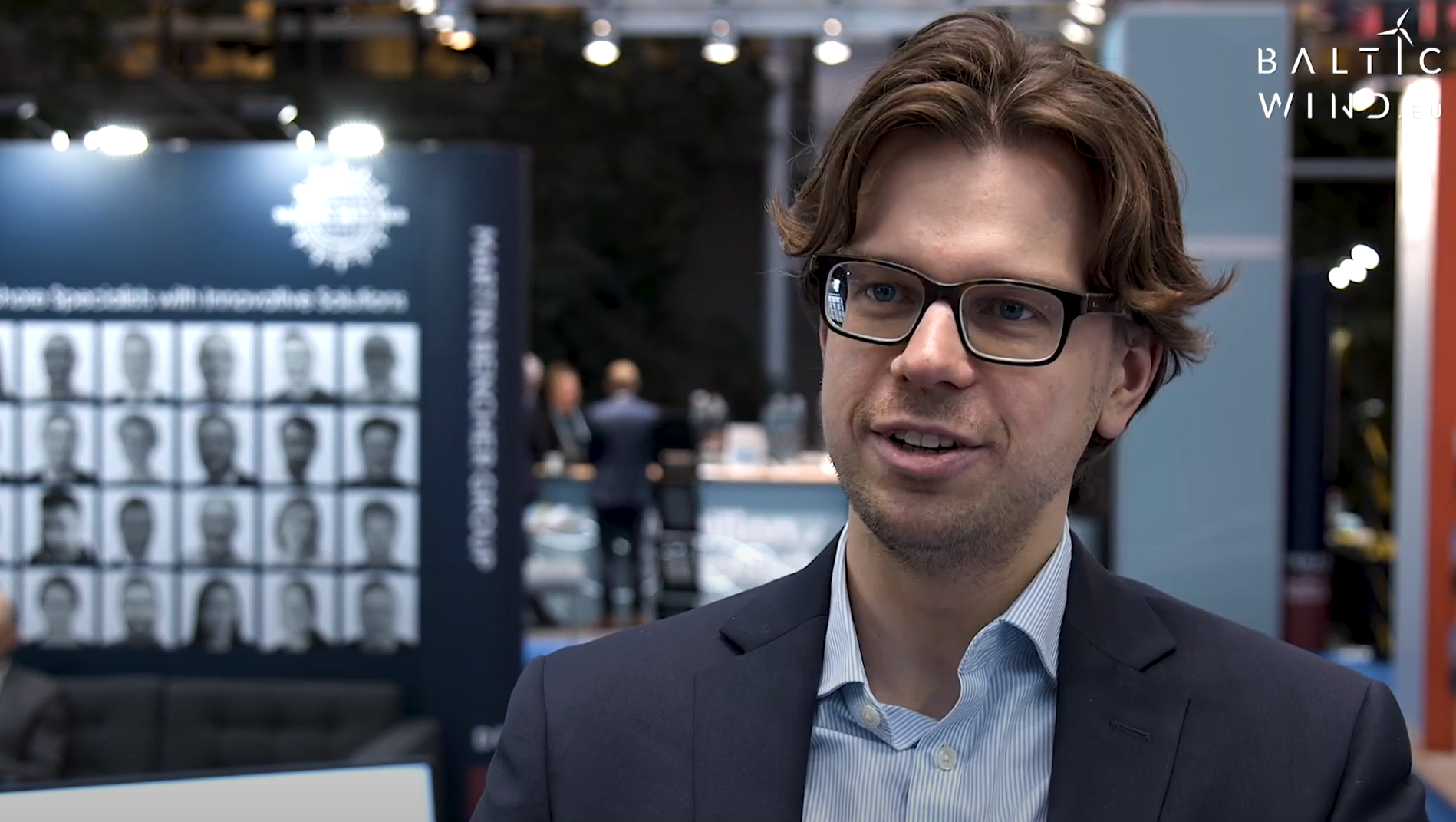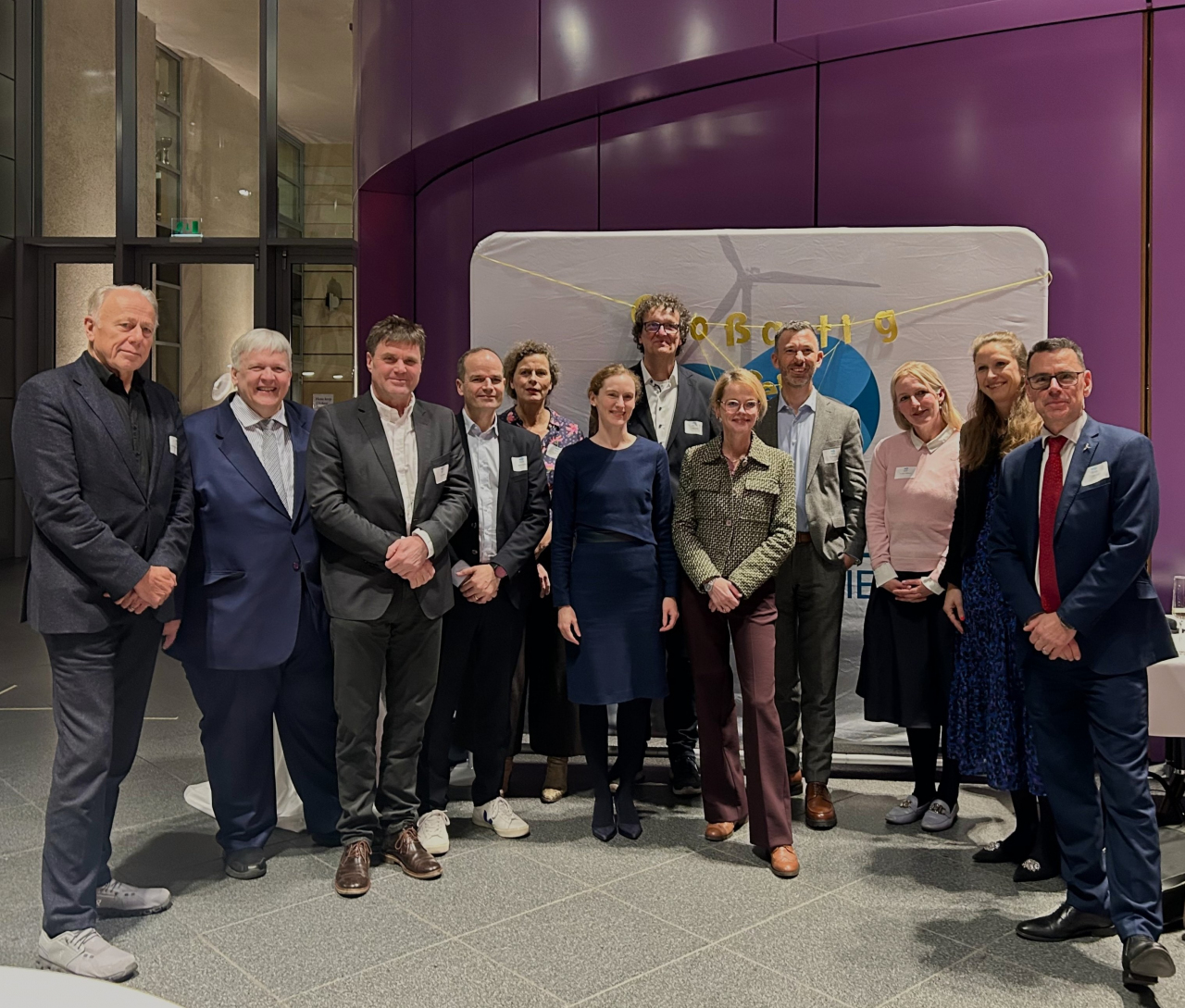The Baltic Sea will be one of the European regions supporting the European Union’s energy transition. Particular potential is seen in offshore wind energy. We talk about the role of the Baltic Sea in decarbonising the region’s economies with Rytis Kėvelaitis, Founder and CEO of Energy Unlimited.
Kėvelaitis stressed that the three Baltic states, Lithuania, Latvia, and Estonia, are new and exciting markets for offshore winds. The three states are aiming for offshore wind to be developed in the next decade.
“Lithuania it’s already advanced with the regulation aiming for an offshore wind auction for double-sided CFD in September 2023, for 700 MW, and possibly the next 700 MW auction in 2024 or 2025”, he said.
The Baltic states are an example of cross-border cooperation with a joint Latvian and Estonian project to be auctioned in 2025 or 2026.
“It’s in a very early stage but the joint project by two countries, the Elwind project which might be up to 1 GW capacity, will be in the Baltic States and is expected to be operational around 2030. It will be connected through the interconnector between Latvia and Estonia. It puts a rather new region of the Baltic States with a quite sizable project pipeline in the next decade, and I think it’s really exciting as this is just very early stages of the market development for new players to come in and to be a part of the offshore market development in the Baltics,” Kėvelaitis said.
Electric City participants see great opportunities for Baltic potential wind
Our interviewee said it’s a really good message that all three Baltic countries: Lithuania, Latvia, and Estonia, have significant ambitions, international, energy, and climate plans already. Both Lithuania and Estonia have amongst the top five highest ambitions for renewable energy development in the next 10 years, together with Denmark, Portugal, and Spain. They are the most ambitious countries for renewable energy development in the Baltic States.
“The reason for that is moving away from energy imports, and increasing demand for electricity through transport electrification, heating electrification, and electrification of the industry as well. There are a lot of fundamental reasons why these countries need green electricity, and offshore wind, which brings the scale of local and economic benefits to the supply chain. Also, the cost competitiveness for the markets to have large scale renewable electricity production for these countries”, he said.
There are a lot of challenges, regulations are not in place everywhere
There are some bottlenecks because there is no existing regulatory framework in place in some countries.
“It’s a question of whether the regulation is ready to accommodate the new project development in the Baltic states. There’s also a question of the grid integration, how the large quantities of renewable energy from the sea will be integrated into the onshore grids, and how big the projects can be in this country. All these countries separately are not that big, but the region itself is quite sizable with almost 30 TWh consumption. And I think that the cooperation field is a good example of that synchronization project. It’s already the treaty of source cooperating on synchronization with the Europe project, and it also can be replicated to offshore wind development, and green development onshore. It’s a bottleneck, and also an opportunity for the supply chain in the Baltic”, Kėvelaitis said.
He added that it’s a lot of opportunities for the ports, for the companies in the 4th town to find their niche market and their role in the supply chain of offshore wind.
“Their high ambitions and the European Green Deal need more and more renewable energy, so I think it’s now a very right moment to enter the supply chain at the very beginning. Being at the Electric City Conference by WindEurope you see how developed the supply chain is in the mature markets like Germany, the Netherlands, Denmark, UK and so on. It should be developed also on the eastern Baltic coast as well, and it will be developed. The question is who will be the most entrepreneurial and risk-taking from the very beginning? It’s also an exciting time for the port cities to bring real economic impact to the city and have local people employed, and people and money staying in the ports”, Rytis Kėvelaitis explained.
Read BalticWind.EU Special Report WindEurope Electric City 2021
















